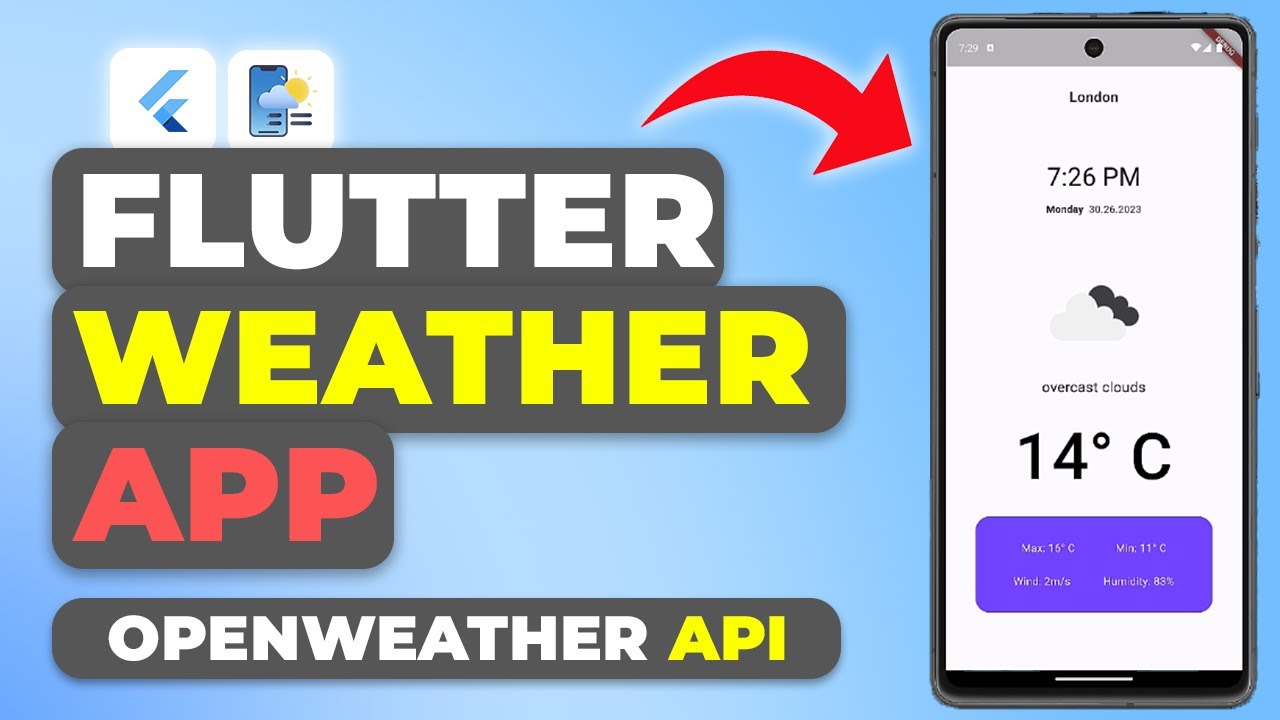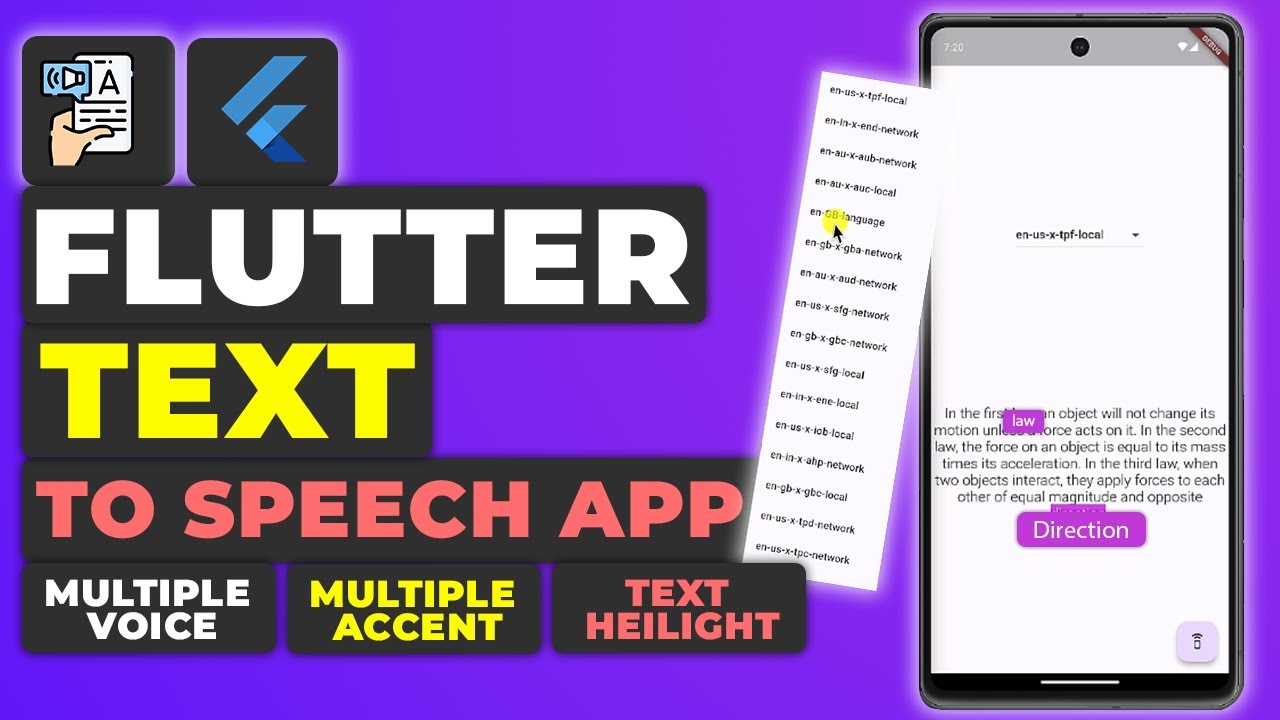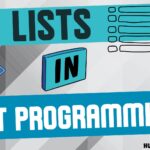In this tutorial, we’ll explore how to harness the power of AI and ML with Stable Diffusion and ControlNet to create visually stunning yet functional QR codes. These QR codes can be scanned by any device without losing their encoded information.
Introduction
Creating artistic QR codes involves a combination of machine learning models and specific tools. Our main goal is to generate QR codes that are both aesthetically pleasing and fully functional. We will achieve this using Stable Diffusion and ControlNet models.
Prerequisites
Before we begin, ensure you have a base installation of Automatic 1111 with the Stable Diffusion model version 1.5. This setup can be on Google Colab, macOS, or Windows.
Installing ControlNet Extension
- Open Automatic 1111 Web UI: Go to the
Extensionstab and click onAvailable. - Search for ControlNet: Type
control netin the search bar. - Install the Extension: Find
sd-webui-controlnetand install it. - Restart the UI: Go to the
Installedtab, check for updates, and restart the UI.
For details click here.
Downloading ControlNet Models
We will use two models: tile and brightness.
- Tile Model:
- Download from Hugging Face by searching for
controlnet v11 sd15 tileor simply click here.
- Download from Hugging Face by searching for
- Brightness Model:
- Download from Hugging Face by searching for the brightness model or simply click here.
Setting Up ControlNet Models
- Locate Extensions Folder: Navigate to the
extensionsfolder within the Automatic 1111 directory. - Copy Models: Place the downloaded
tileandbrightnessmodels into themodelsfolder undersd-webui-controlnet. - Restart Automatic 1111: Fully restart the instance to load the new models.
Configuring ControlNet in the UI
- Multi-ControlNet Setting: Set
Multi-ControlNetvalue to2in the settings and reload the UI. - Upload QR Code: In the ControlNet section, upload your QR code image.
- Configure First ControlNet:
- Enable ControlNet.
- Set Preprocessor to
input_global_harmonious. - Set Model to
tile. - Adjust Control Weight to
0.45.
- Configure Second ControlNet:
- Enable ControlNet.
- Set Preprocessor to
input_global_harmonious. - Set Model to
brightness. - Adjust Control Weight to
0.6.
Generating the QR Code
- Prompt for Stable Diffusion: Write a prompt to describe the artistic style you want.
- Parameters:
- Sampling Steps:
20 - Sampling Method:
Euler a - Width:
768 - Height:
768
- Sampling Steps:
- Generate Image: Click
Generateto create the QR code.
Enhancing Artistic Quality with GhostMix Model
- Download GhostMix Model: Obtain from this link.
- Add Model to Automatic 1111:
- Place in the
models/stable-diffusionfolder. - Reload models in the UI.
- Place in the
- Generate with GhostMix: Use the GhostMix model to enhance the artistic quality of the QR codes.
Verifying QR Code Functionality
- Scan QR Code: Use your phone to scan the generated QR code to ensure it directs to the correct URL.
Conclusion
By following these steps, you can create unique, artistic QR codes that retain their functionality. This process combines the capabilities of AI and machine learning models to produce visually appealing and practical results. If you have any questions or suggestions, feel free to leave a comment below.













Leave a Reply